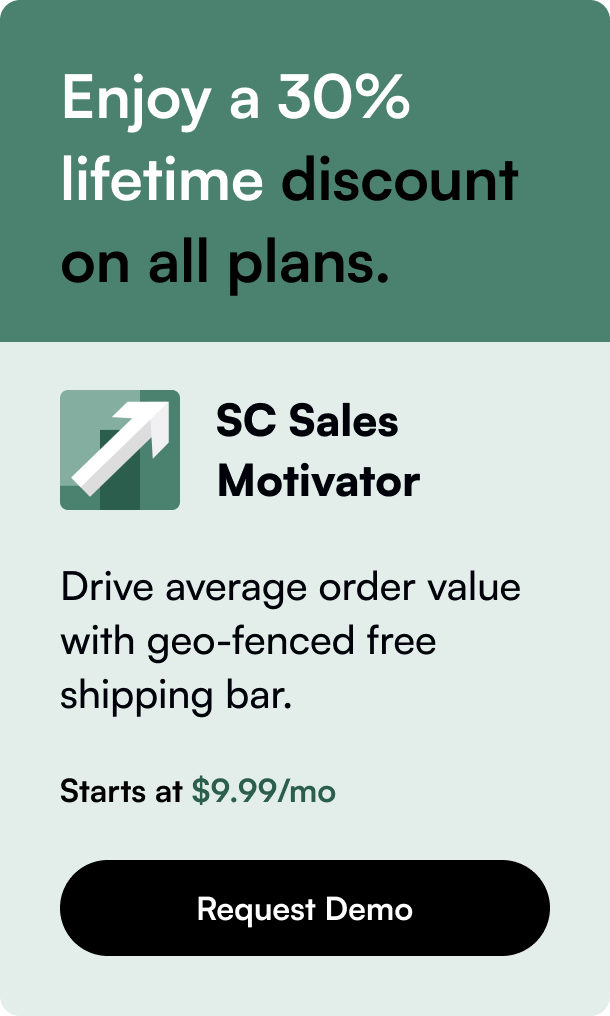Table of Contents
- Introduction
- Understanding the Migration
- Common Challenges and Solutions
- Conclusion
- Frequently Asked Questions
Introduction
Have you ever stumbled upon a statistic so surprising that it shakes up your understanding of the ecommerce world? Here's one for you: Shopify powers over 1.75 million merchants worldwide, while Etsy, with its niche focus on handmade, vintage, and craft supplies, boasts over 4.3 million active sellers. This disparity in numbers highlights a significant trend; many entrepreneurs start their journey on Etsy, only to eventually gravitate towards Shopify for greater control and scalability. But, how does one make this transition effectively, particularly concerning product listings? This blog post will explore the intricacies of migrating your store from Etsy to Shopify, ensuring a smooth transition that leverages the best of both platforms to grow your business. You'll learn the step-by-step process, pitfalls to avoid, and strategies to maintain or even enhance your store's performance post-migration. Let's embark on this journey of transforming your ecommerce footprint from Etsy-centric to a diversified Shopify powerhouse.
Understanding the Migration
Etsy and Shopify serve unique purposes and cater to different phases of a business's lifecycle. While Etsy is a marketplace that connects buyers with sellers of unique, often handmade items, Shopify provides a platform for entrepreneurs to build their brand through a customizable online store. The migration from Etsy to Shopify is not merely about moving product listings; it's a strategic leap towards scaling your business, offering a more personalized customer experience, and gaining more operational control.
Step 1: Preparation
Before initiating the migration, it's crucial to evaluate which aspects of your Etsy store you wish to carry over to Shopify. This decision-making process involves discerning which products have been performing well, which could use a refresh, and any that should be discontinued. A migration presents the perfect opportunity to reevaluate your inventory and make data-driven decisions to optimize your offerings.
Step 2: Exporting Data from Etsy
Exporting your product listings from Etsy is straightforward, mainly done through downloading a CSV file of your active listings. This file includes vital information needed for Shopify, such as product names, descriptions, prices, and unique identifiers (SKUs). However, this process does have limitations—Etsy's CSV does not include inactive or out-of-stock items, which may require manual intervention if you wish to retain them.
Step 3: Editing and Importing Your CSV File to Shopify
Transitioning to Shopify often involves tweaking the imported CSV file from Etsy to conform to Shopify's requirements, especially if your listings have multiple images or variations (like sizes and colors). Tools such as Google Sheets or Microsoft Excel can be valuable for making these adjustments. This step is critical in ensuring that your product listings accurately migrate, retaining all essential information without losing the nuances that make your offerings unique.
Step 4: Customizing Your Shopify Store
Upon importing your products into Shopify, the real fun begins. Shopify offers a plethora of customization options through themes, apps, and built-in tools, allowing you to create a store that perfectly embodies your brand. This stage is where you can differentiate from the Etsy experience, offering more personalized shopping journeys, custom landing pages, and a brand narrative that resonates with your audience.
Step 5: Addressing SEO and Marketing
Moving to Shopify means taking on more responsibility for driving traffic to your store. SEO best practices become paramount, as you'll need to ensure your product pages are optimized for search engines. Furthermore, leveraging Shopify's marketing tools and integrations with social media platforms can amplify your reach, helping you attract and retain customers more effectively than you might have on Etsy’s more confined platform.
Common Challenges and Solutions
The migration process is not without its challenges. Adjusting to Shopify's way of handling product variants, inventory management, and understanding the new analytics and reporting tools can be daunting. However, Shopify offers extensive documentation, tutorials, and a vibrant community of users and experts who can provide guidance and support throughout this transition.
Conclusion
Migrating from Etsy to Shopify is a significant endeavor that can dramatically alter the trajectory of your business. It offers an opportunity to refine your brand, expand your market reach, and take control of your ecommerce destiny. While the process requires careful planning, adaptation, and learning, the potential rewards in terms of growth, customer engagement, and sales are immense. Embrace this journey with an open mind and a strategic approach, and watch your business flourish on Shopify.
Frequently Asked Questions
Can I run my Etsy and Shopify stores simultaneously?
Yes, managing both platforms can be an effective strategy, leveraging Etsy for its marketplace advantages while using Shopify for brand building and scalability.
Will my SEO be affected by the migration?
Migrating to Shopify may require new SEO strategies, but it also offers more control over SEO elements, potentially boosting your store’s visibility.
How can I ensure my customers follow me to Shopify?
Engage your customers through social media, email marketing, and special promotions. Communicate the benefits of shopping on your new Shopify store to entice them to make the transition.
Is there a way to automate product migration?
Several third-party apps facilitate automated migration of product listings and other data from Etsy to Shopify, streamlining the process.
Can I customize my Shopify store to match my Etsy shop’s aesthetic?
Shopify’s customization options far exceed Etsy's, offering the flexibility to create a store that not only matches but surpasses your Etsy shop in design and functionality.









